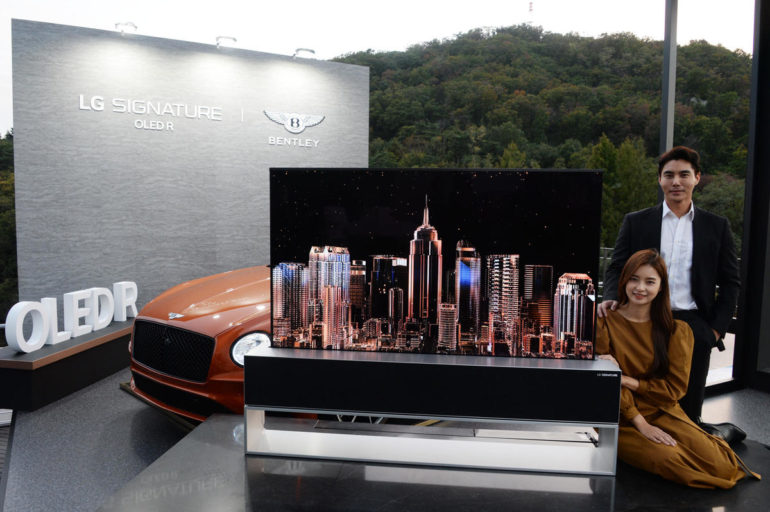LG Electronics announced on Friday it posted 959 billion won ($807 million) in operating profit and 16.9 trillion won ($14.2 billion) in revenue for the third quarter of 2020.
It is an increase of 22.7% and 7.8%, respectively, year-on-year.
According to LG, the growth was led by strong sales from its home appliances and home entertainment products.
The company’s home appliance business saw profit soar 56.6% year-on-year to 671.5 billion won ($565 million) for the quarter.
The business also contributed 6.16 trillion won in sales, its highest ever for a quarter, LG said.
Washing machines and stylers showed high demand in the quarter, the company said, adding that it expects the fourth quarter to be even more profitable.
LG’s TV business also saw a resurgence during the quarter through growing demand for premium products, such as its OLED TVs, in mature markets such as North America and Europe.
The TV business contributed 326.6 billion won ($275 million) in operating income, which was an increase of 13.2% year-on-year.
LG’s mobile business, meanwhile, posted an operating loss of 148.4 billion won ($125 million).
It is the mobile business’ 22nd consecutive quarter of loss but the South Korean company said the rate of loss was narrower when compared to the same period a year ago and the previous quarter.
Compatriot Samsung Electronics also saw demand for home electronics soar in the third quarter, with the company saying there has been pent-up demand following the COVID-19 pandemic.
Related Coverage
LG to recall some OLED TVs due to overheating issue
It is offering free power board replacements for around 60,000 OLED TVs in South Korea due to an overheating issue.
LG Display returns to profitability in Q3
It comes after seven straight quarters of losses, thanks to increased demand arising from the pandemic.
LG begins official sales of rollable OLED TV
LG Signature OLED R is now available in South Korea and will cost 100 million won, around $87,000.
How the LG Wing flips the two-screen concept sideways
The company’s two-screen device offers a different proposition than the Galaxy Z Fold II and the Surface Duo but relies even more on developer support.



